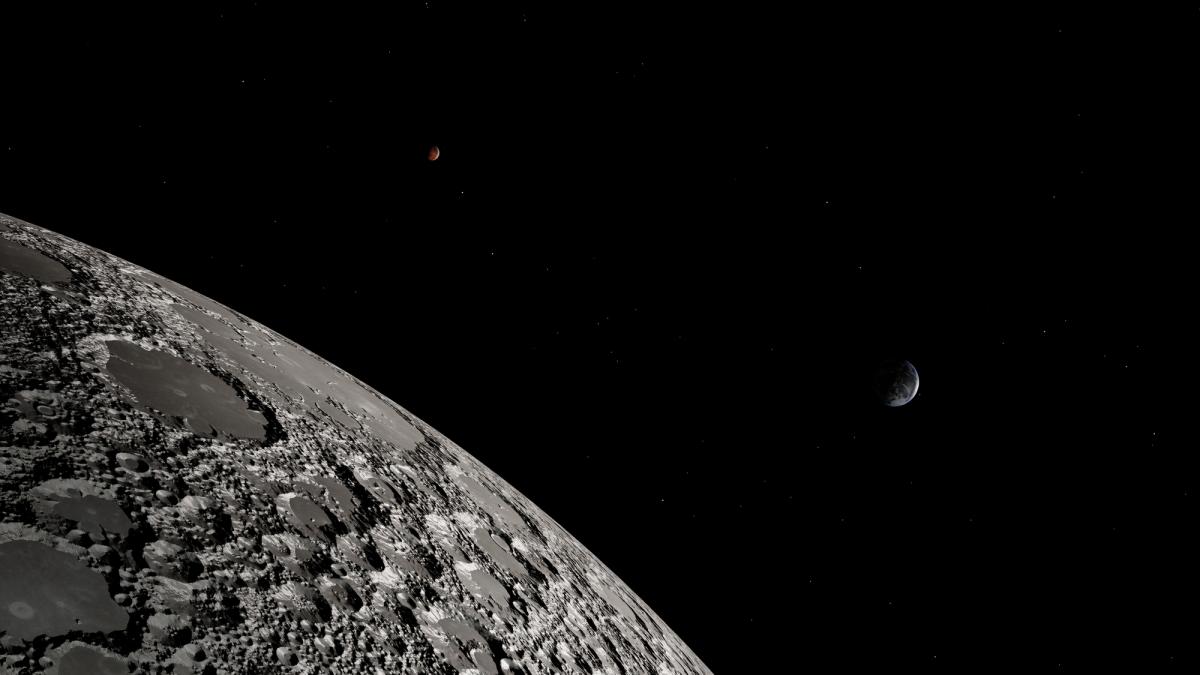Scientists have found a way to grow crops on the Moon

Scientists have found a way to grow crops on the Moon, representing a breakthrough in the fight to ensure food sustainability in space travel. And while this may seem simple, it’s actually not: the lunar surface is made up of dust with fragmented rocks, making it difficult for agriculture to spread.
As Meteored reports, the work was led by scientists from Texas A&M University, who planted chickpea seeds of different varieties in lunar soil and managed to germinate them. And if in the future this success can be extended to other stations, the self-sufficiency of lunar bases will be almost guaranteed.
To cope with the satellite’s toxic, porous and low-density soil, scientists had to look for alternatives. They found a solution in two small organisms: worms and mushrooms.
They discovered that worms could be used to create vermicompost, a nutrient-rich fertilizer that improves soil and promotes plant growth. These are earthworms that feed on decaying organic matter.
And to make the soil less toxic due to the metals from which it consists, arbuscular mycorrhizal fungi (AMF) were taken to the Moon. They live in symbiosis with plants, protecting crops from toxic materials by trapping heavy substances from the soil.
The promising future of chickpeas
Plants grown in soils with up to 75% lunar content have shown very promising results. Most of them bloomed, although they showed signs of chlorophyll deficiency.
This did not happen to plants grown in soils with a higher proportion of lunar regolith – dust with fragmented rocks – which grew very little. They also had fewer branches and leaves.
